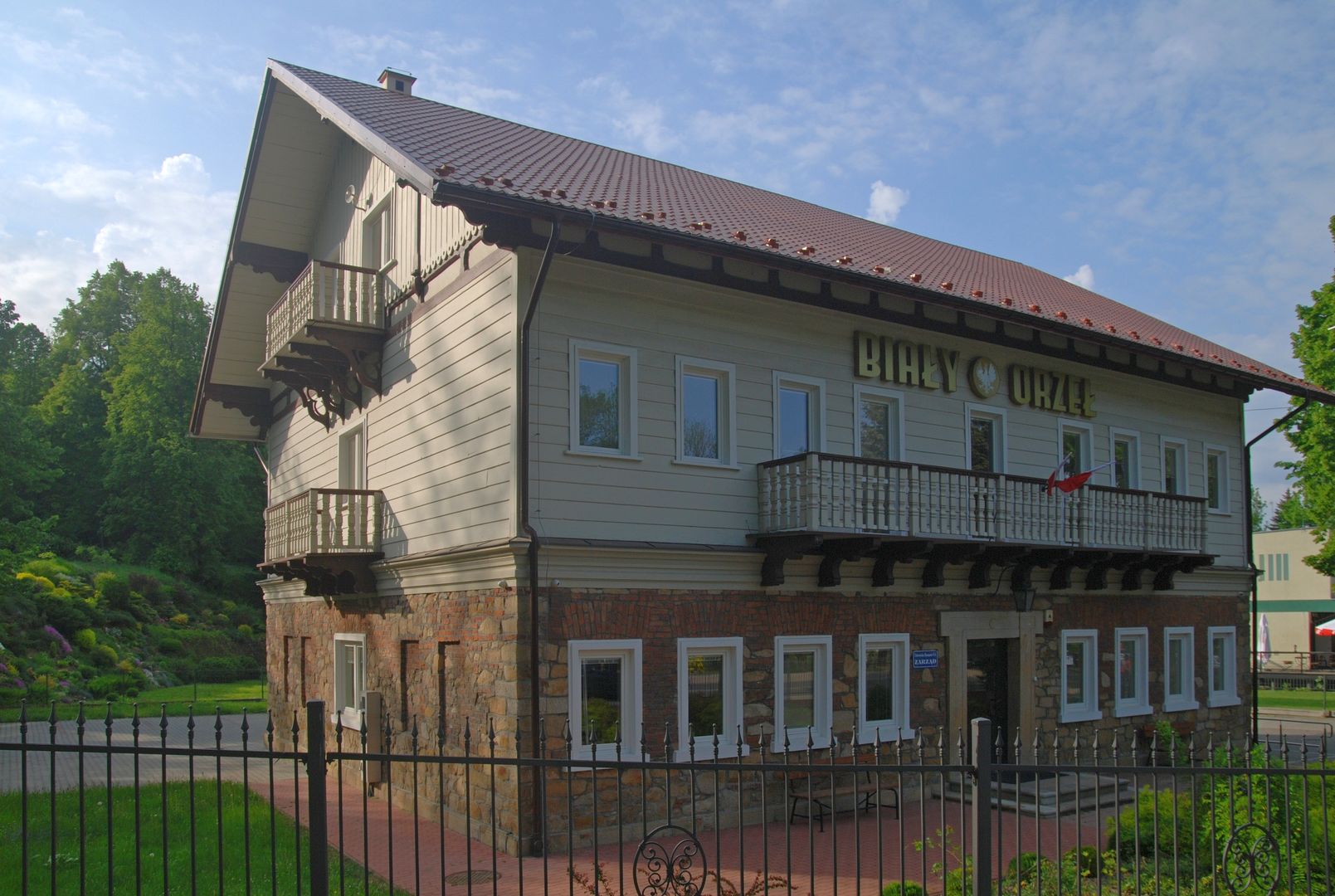Rymanów-Zdrój
6.4

Overview
Rymanów-Zdrój is a health resort village located in the Podkarpackie Voivodeship, known for the discovery of mineral springs in 1876 by Anna and Stanisław Potocki, who contributed to the development of the spa. Situated on the Tabor River, the village gained popularity due to the health properties of its waters, confirmed by chemical studies conducted by, among others, Viennese chemist Prof. Wesselshy. Rymanów-Zdrój is distinguished by its architecture of stylish villas and guesthouses, including Art Nouveau buildings designed by Jan Sas-Zubrzycki, such as the "Maria" sanatorium and the "Leliwa" villa. In the interwar period, the spa enjoyed high attendance, attracting famous personalities like Stanisław Wyspiański. The Second World War brought destruction, but after the war, Rymanów-Zdrój transformed into a year-round children's health resort. Today, its offerings include numerous sanatoriums and the utilization of rich mineral waters such as Tytus, Celestyna, and Klaudia, used in the treatment of various ailments. The tourist appeal of the town is highlighted by a network of hiking and cycling trails, as well as a rich landscape with mountains, which promotes recreation and health walks in beautiful nature. Rymanów-Zdrój also features local attractions such as a spa park and a mineral water drinking hall, which attract both patients and tourists. The spa also has distinct cultural roots, where social and artistic life flourished, attracting many writers and artists. It is also worth mentioning that Rymanów-Zdrój officially obtained the status of a health resort village in 1996, underscoring its importance in the health culture of the region.
Location
2025 Wizytor | All Rights Reserved